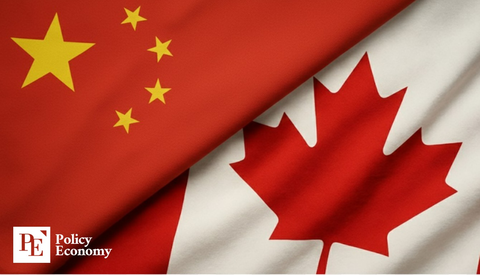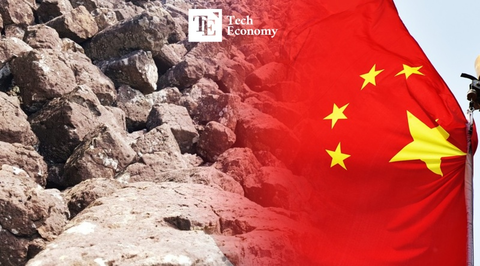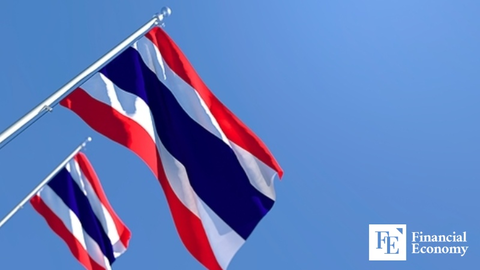“Koreans Probably Let Out a Few Expletives”—Commerce Secretary's Remarks Reveal Trade Strategy
Input
Modified
Preemptive Remarks Ahead of High-Level Talks
Trade Talks Increasingly Resemble Transactions
Allied Status Hinges on Ability to Pay
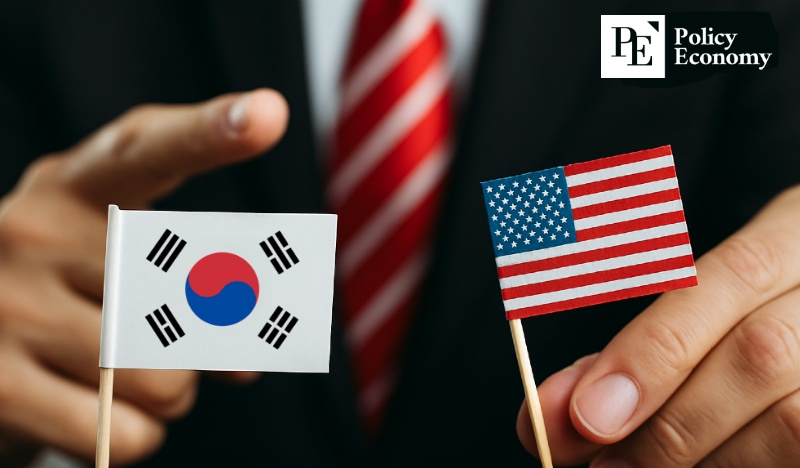
In a series of interviews with multiple media outlets, U.S. Commerce Secretary Howard Lutnick openly revealed Washington’s hardline trade strategy by referencing tariff negotiations with Japan in a way that put pressure on South Korea. His comments were widely interpreted as a de facto demand that Seoul make concessions similar to Tokyo’s. The remarks signal a structural approach aimed at reclaiming U.S.-centered benefits by applying the same standards across Asian nations. This strategy goes beyond bilateral pressure and raises concerns over its potential to erode diplomatic autonomy across the region.
Tariff Reductions Framed as a Price to Be Paid
In interviews with CNBC, Bloomberg, and others, Lutnick stated, “Korea, like Europe, is desperate for a trade agreement with the United States right now.” He added, “That’s why you could hear expletives coming from the Korean side while they were reading the terms of the U.S.-Japan deal.” He continued, “Korea and Japan are rivals.”
These remarks appear to be part of a calculated move to incite competitive tension between U.S. allies in Asia, thereby extracting further economic and political concessions. Previously, the United States lowered reciprocal tariffs on Japanese goods from 25% to 15%, in exchange for a promised investment of USD 550 billion from Japan. This deal included automobiles, which had faced a 2.5% base tariff plus an additional 25% item-specific tariff—totaling 27.5%. Going forward, Japanese cars will be subject only to a 15% tariff when exported to the U.S., without any volume limits.
The Biden administration has made a point of detailing Japan’s commitments in market access and infrastructure investments to highlight that the tariff reductions were granted in return for a price paid. This strategy also serves to pressure other countries to make similar concessions. “Imagine how Korea must have felt when they saw the terms Japan had agreed to,” Lutnick said. “They probably said, ‘Oh my God,’ and now they’re coming to my office today.”
Lutnick subsequently met with South Korea’s Trade Minister Cheong-Kwan Kim and Trade Negotiation Head Han-Koo Yeo for a session that lasted approximately 80 minutes. The U.S. has set a deadline of August 1 for Korea to avoid new tariffs, leaving just one week to finalize a deal. With Japan having already sealed its agreement and time running out, experts warn that Korea is facing mounting pressure.
Japan’s “Tribute List” Gradually Revealed
Former President Trump also weighed in, saying, “Other countries can buy [the tariffs] down, just like Japan did,” making it clear he views trade negotiations in transactional terms. Speaking at the Federal Reserve construction site in Washington, D.C., Trump said, “Japan’s promised investment is not a loan—it’s a signing bonus,” implying that Tokyo’s pledges will be fulfilled over time as part of the agreement.
Praising the deal with Japan, Trump suggested that other countries seeking tariff relief would also need to pay a price. The disclosure of the items Japan offered has come to serve as a blueprint for how aggressively the U.S. may push other nations. According to the White House, Japan agreed to increase its defense procurement from U.S. companies from USD 14 billion to USD 17 billion annually. This includes the purchase of 100 aircraft from Boeing.
Japan also committed to increasing its imports of U.S. rice by 75%, though this expansion stays within the framework of the country’s existing WTO tariff-rate quota of about 770,000 metric tons. In other words, while the overall volume of rice imports remains unchanged, the share of U.S. rice will rise. Additionally, Japan pledged to buy another USD 8 billion worth of U.S. agricultural and industrial goods. Trump expressed satisfaction, claiming that “this will be worth even more than the USD 550 billion Japan offered.”
Moreover, Trump announced at a Republican event that Japan plans to join a joint venture for liquefied natural gas (LNG) development in Alaska. The project is a massive USD 44 billion undertaking, although Japan has not yet disclosed its exact level of investment, timeline, or methodology. Trump had previously asked South Korea to participate in the same initiative.
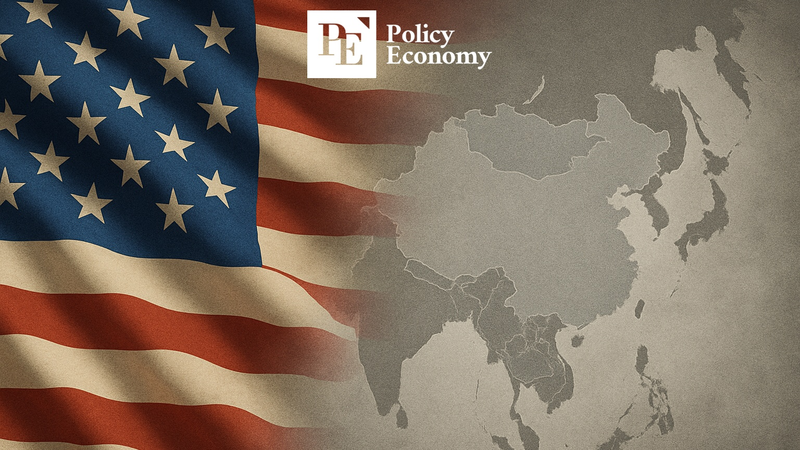
Conditional Benefits Strategy and Unilateral Adjustment of Terms
This U.S. approach fits into a consistent “conditional benefits” strategy: offering tariff relief in exchange for financial or strategic concessions, while pressuring negotiating partners to accept the terms. With Japan having already complied, similar demands are now being extended to South Korea and other Asian countries, suggesting a pre-planned sequence within a broader regional strategy. While these countries appear to be negotiating individually, in reality, they are operating within a unified framework designed by the U.S.
A particularly illustrative moment came during the U.S.-Japan 2+2 trade talks. On July 22, Trump shared a photo on social media showing him at the negotiating table. In front of him was a panel titled “Japan Invests in America,” listing the investment amount as USD 400 billion. However, the printed “4” had been crossed out and replaced by a handwritten “5.”
The panel was prepared in advance by the Japanese delegation, but Trump unilaterally increased the figure—an act interpreted as an on-the-spot revision of the investment total. In the final announcement, the U.S. again raised Japan’s investment pledge to USD 550 billion, a striking example of how forcefully Washington pursues its own interests. More than just a numbers game, it demonstrated the typical U.S. hardline diplomacy that disregards the position of its negotiating partners.
Ultimately, the U.S. is signaling ever more clearly that Asian countries must now offer strategic returns for the economic benefits they’ve long enjoyed in the American market. The cases of Japan and South Korea are merely the most visible examples of this shift. Beneath the surface lies a structural strategy aimed at managing the entire region under a single framework. This trend reflects a shift in Washington’s view of allied status—from a matter of strategic value to one of financial capability—and is likely to further constrain the diplomatic autonomy and bargaining space of countries across Asia.




